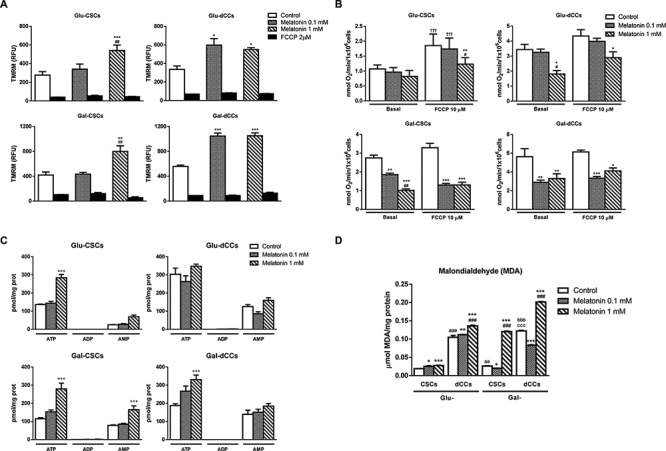Figure 2. Melatonin altered mitochondrial membrane potential, oxygen consumption and ATP production in P19 cells.

A. Accumulation of the potentiometric dye tetramethylrhodamine methyl ester (TMRM) was measured by flow cytometry in all experimental groups: stem (CSCs) and differentiated (dCCs) P19 cells, growing in glucose (Glu) and in modified galactose (Gal)-containing media, and treated with 0.1 and 1 mM melatonin during 72 hours. Data are shown as relative fluorescence units (RFU) that represent the mean average of geometric mean values ± SEM from at least three independent experiments. Carbonyl cyanide 4-(trifluoromethoxy)phenylhydrazone (FCCP) (2 μM) was used as negative control. Statistical comparisons: * vs. control; # vs. 0.1 mM melatonin. B. Oxygen consumption displayed as nmol of O2 per minute and per 106 cells was decreased after the treatment with melatonin in Glu-dCCs, Gal-CSCs and Gal-dCCs. Ten μM FCCP was added to test maximal respiration. Data are means ± SEM from at least three independent experiments. Statistical comparisons: * vs. control; # vs. 0.1 mM melatonin; † vs. basal. C. ATP, ADP and AMP measurements obtained by high-performance liquid cromatography and expressed as pmol per mg of protein indicated an increased ATP production after 72 hours of treatment with 1 mM melatonin, particularly in cells cultured in galactose medium. Data are means ± SEM from n = 6 experiments. D. Measurement of malondialdehyde (MDA) by high-performance liquid cromatography in the four groups of P19 cells revealed an increased lipid peroxidation after 72 hours of treatment with 1 mM melatonin, especially in cells cultured in modified galactose medium. Data are means ± SEM for n = 6 experiments. Statistical comparisons: * vs. control; # vs. 0.1 mM melatonin; a vs. Glu-CSCs; b vs. Gal-CSCs; c vs. Glu-dCCs. The number of symbols marks the level of statistical significance: one for p < 0.05, two for p < 0.01, and three for p < 0.001.
